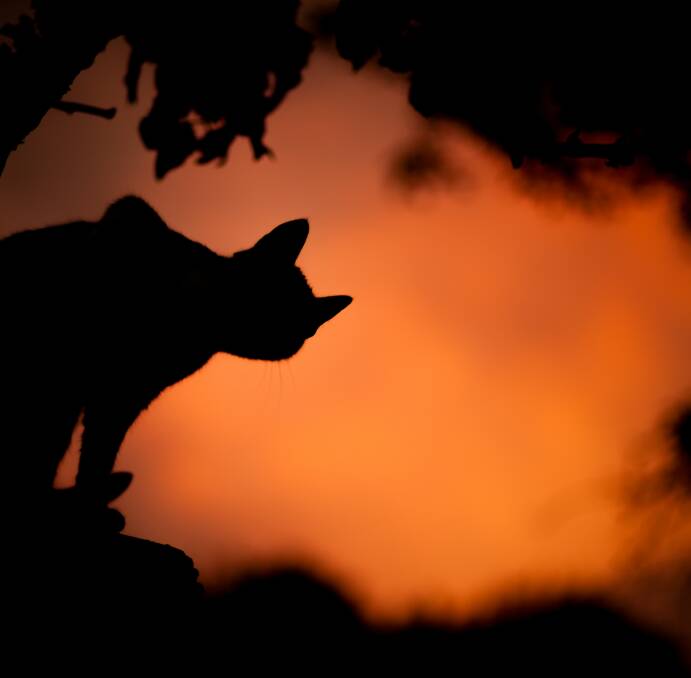
FERAL cats threaten the survival of more than 100 native species throughout Australia and have caused the extinction of some ground-dwelling birds and small mammals.
Subscribe now for unlimited access.
or signup to continue reading
Unfortunately, numbers are on the rise in the Muswellbrook Shire.
But, in an effort to stem this predation by feral cats, Muswellbrook Shire Council will no longer charge a fee for the loan of a cage trap, for a 12-month trial period from July 1.
General manager Fiona Plesman said the trapping of feral cats by using cage traps was an effective tool in urban and residential areas where domestic felines were also present and individual wild cats needed to be targeted.
"Non-target animals can be released unharmed and trapped feral cats taken away for euthanasia," she explained.
"We believe that the no fee trial will be an incentive to residents willing to trap feral cats and will help to reduce the numbers."
Council previously charged a deposit, refundable on return of the cage trap, and a fee for the use of a cage trap.
However, the organisation will now just require identification, such as a driver's licence.
Council's head ranger Tony Mettam said feral cats were the same species as domestic cats but lived and reproduced in the wild and survived by hunting or scavenging.
They often carry infectious diseases, too, which can be transmitted to native animals, domestic livestock and humans.
"Once a cat has been trapped you can take it to the nearest impound facility (the council pound) or to your local vet to be euthanized," Mr Mettam said.
Feral cats are predominantly solitary and nocturnal, spending most of the day in the safety of a shelter such as a rabbit burrow, log or rock pile.
They are carnivores, generally eating small mammals, birds, reptiles, amphibians, fish and insects and mostly feed at night.
Many native animals are struggling to survive, so reducing the number killed by this introduced predator will help their populations to grow.

